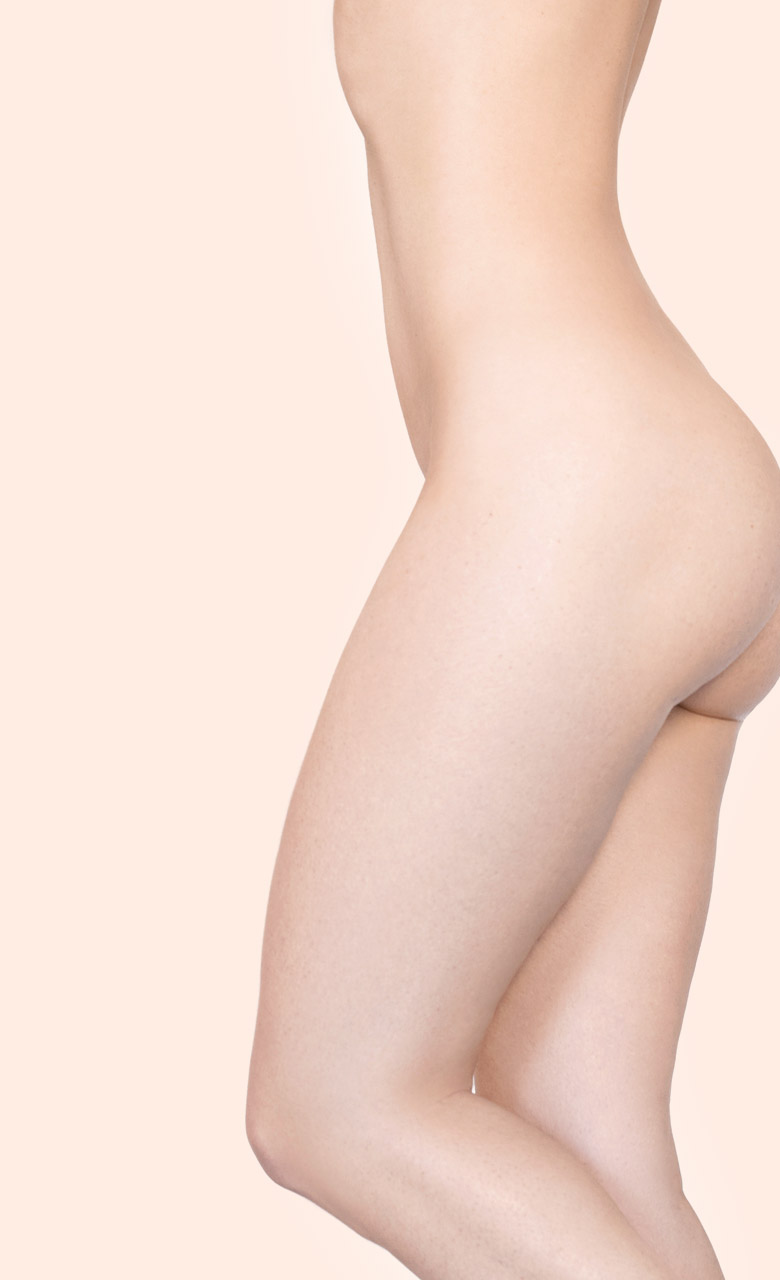During your consultation, Dr Schlaudraff will examine your abdomen and make an assessment of the quality of your skin, the fatty tissue, and the strength and position of the abdominal muscles. He will evaluate the size of the rectus diastasis and will also check if any hernias may be treated during the operation. You will be advised about the suitable treatment for your rectus diastasis.
The rectus diastasis treatment usually involves combining an abdominoplasty with VASER HiDef™ liposuction. The procedure is performed under general anaesthesia in Concept Clinic’s state-of-the-art operating centre, which meets with the highest standards of comfort, safety and hygiene. After stabilising the skin and fatty tissue up to the ribs or sternum, Dr Schlaudraff will check the position and shape of the rectus abdominal muscles and the oblique abdominal muscles. He will then perform a suture to stabilise the abdominal muscles so that they regain their initial position. At the same time, the tissues under the skin will be stretched. The procedure takes 2 to 4 hours, depending on the extent of the reconstruction to be carried out.
After a rectus diastasis and abdominoplasty, we usually advise our patients to remain at home for 3 to 4 days for optimal recovery. You can then resume light activities after a week. However, it is not advisable to carry out more intense activities within four weeks after the operation. The final result will be seen after 8 to 12 weeks, once the swelling dissipates. At this point, you will be able to resume more demanding physical activities. After the rectus diastasis treatment, you will have a solid muscular girdle again that efficiently retains the internal organs and gives the abdomen a flat and firm appearance.

